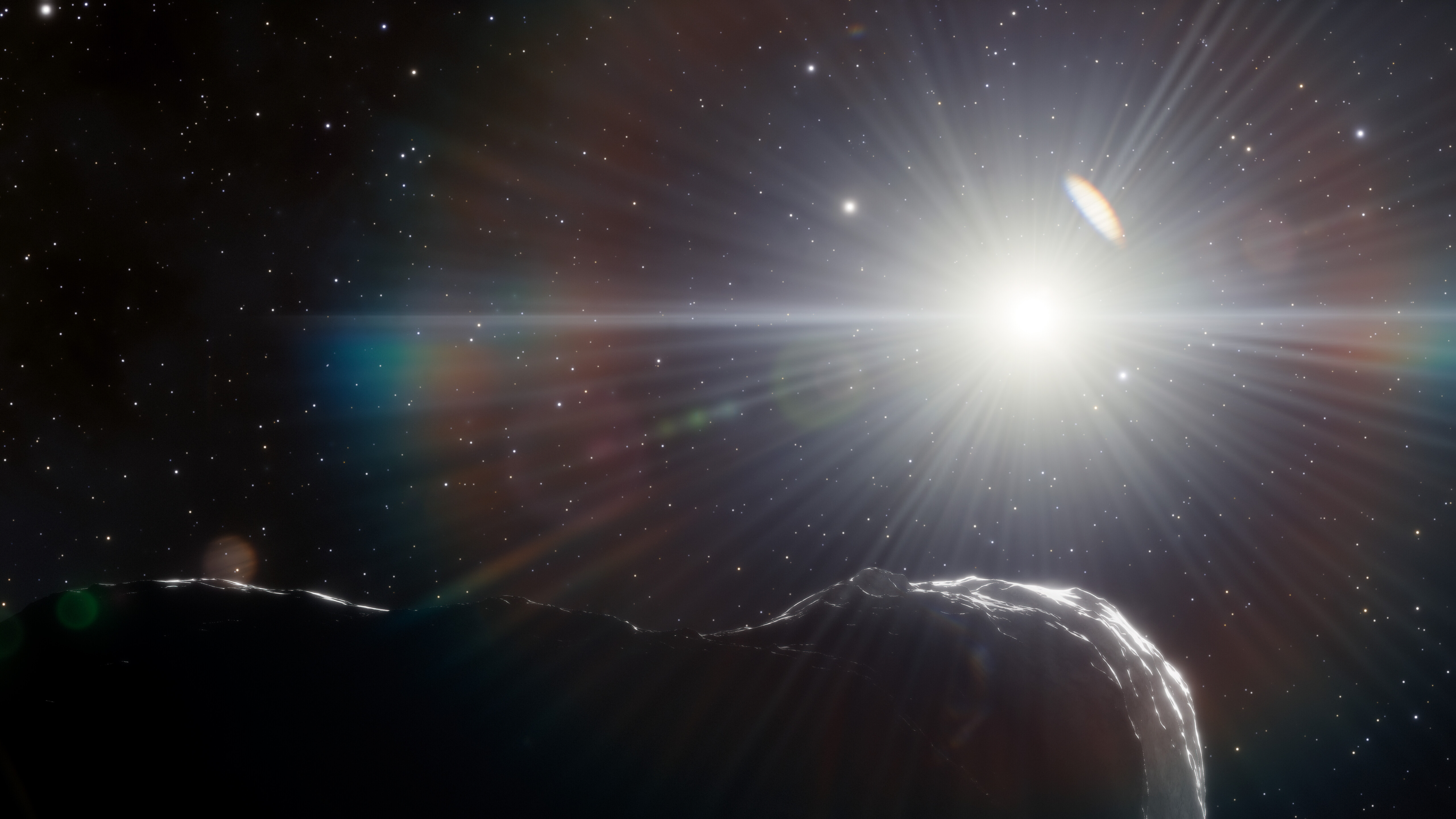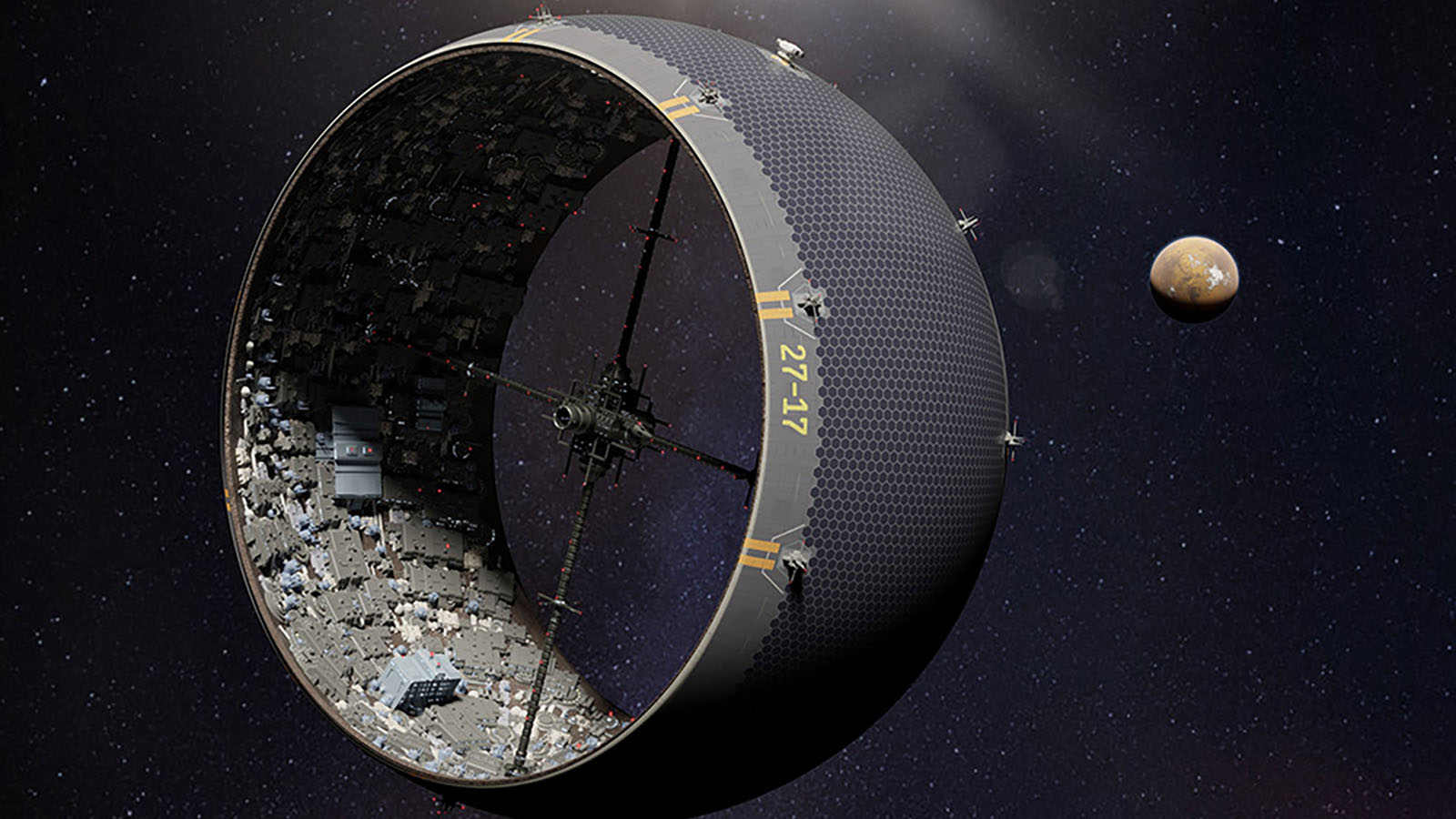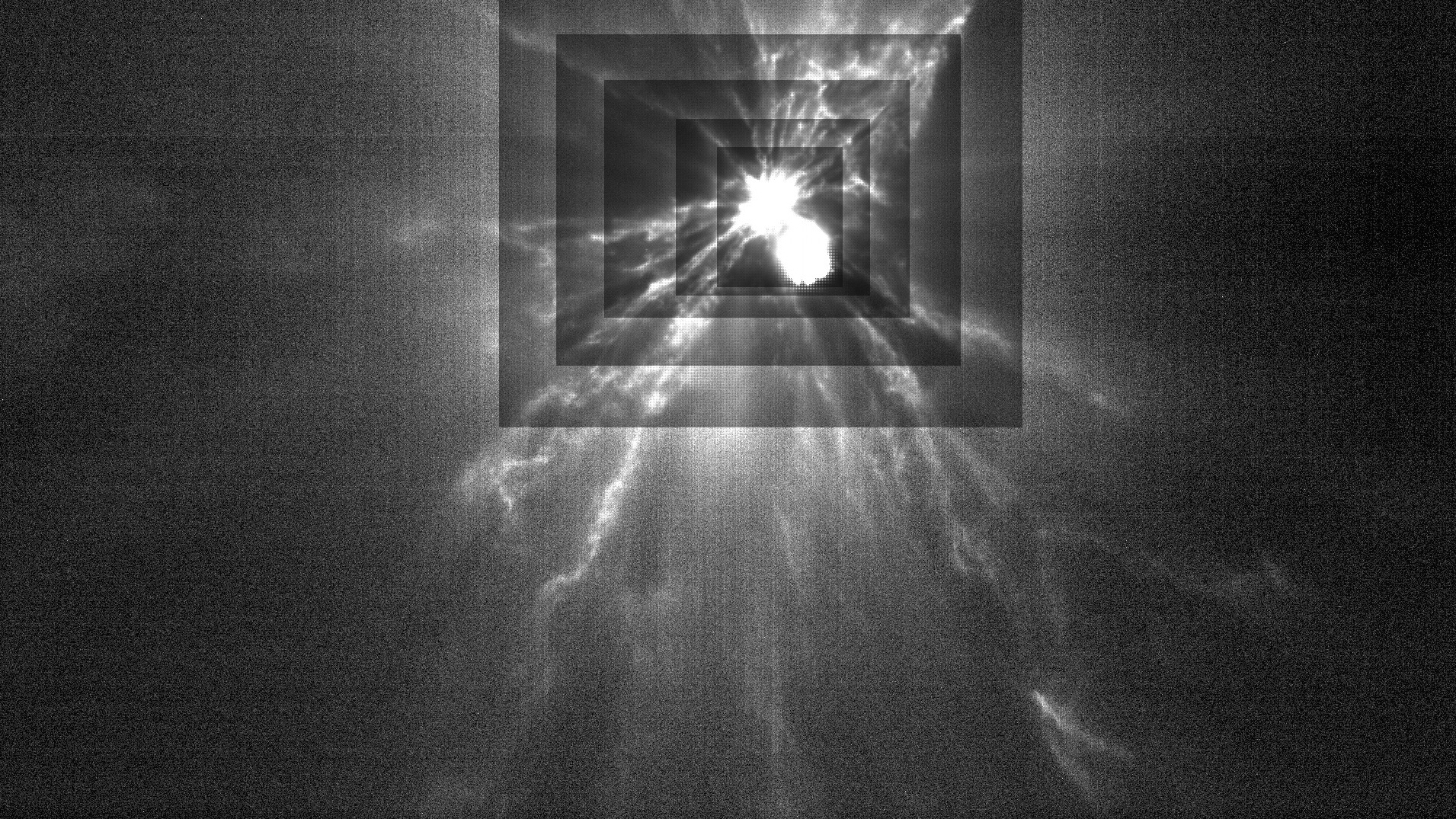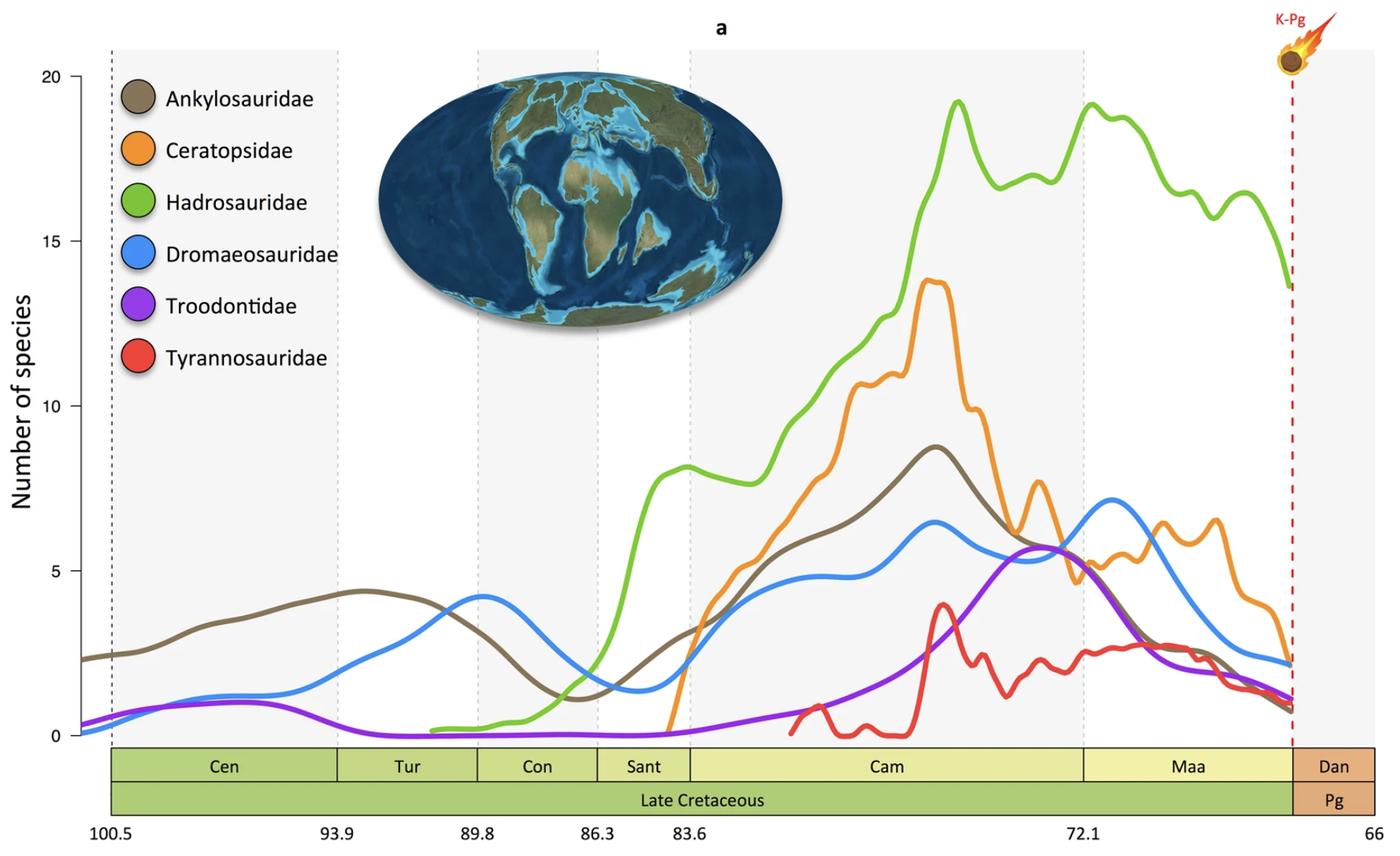Algorithm finds a potentially hazardous asteroid missed by NASA
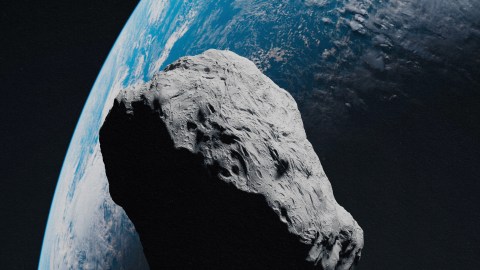
- Asteroids are rocky bodies left over after the formation of our solar system. There are at least 1.3 million of them.
- NASA identifies and tracks “potentially hazardous asteroids,” defined as rocks that are at least 460 feet wide and have orbits that bring them within 4.6 million miles of Earth.
- Even “city killer” asteroids can go undetected, so new techniques are needed to find dangerous asteroids.
A new algorithm designed to spot potentially hazardous asteroids in telescope images just found its first threatening space rock — and it was in data that another NASA algorithm had already analyzed and cleared.
Planetary defense: Asteroids are rocky bodies left over after the formation of our solar system. There are at least 1.3 million of them, and if a large one were to collide with Earth, it could flatten a city — or worse.
“Our current [asteroid] search capabilities are not up to the level they should be.”
RICHARD BINZEL
To avoid that Armageddon scenario, NASA identifies and tracks “potentially hazardous asteroids,” defined as rocks that are at least 460 feet wide and have orbits that bring them within 4.6 million miles of Earth.
The idea is that this will give us a chance to defend our planet from an impact, perhaps by destroying the asteroid or slamming a spacecraft into it while it’s still far away, thereby changing its trajectory.
The challenge: To find potentially hazardous asteroids, NASA conducts regular surveys of the night sky. Computer algorithms then hunt through the telescope images, looking for objects that appear to be moving.
The software can then predict the orbits of any newly identified asteroids to determine whether or not they’re potentially hazardous to Earth.
“HelioLinc3D will be discovering an object like this every night.”
MARIO JURIĆ
While this has allowed NASA to identify more than 2,300 potentially hazardous asteroids, the algorithms don’t always spot them while they’re far away — in 2019, NASA didn’t identify a “city killer” sized asteroid until a day before it passed close to Earth.
Failures such as these have been attributed to the inability of NASA’s existing algorithms to detect particularly slow-moving or faint asteroids, or ones that appear in fewer than four images taken on the same night.
“It’s no surprise an object like that would take us by surprise,” MIT planetary scientist Richard Binzel told BuzzFeed News, following the discovery of the 2019 asteroid. “Our current [asteroid] search capabilities are not up to the level they should be.”
“The next decade of discovery will be a story of advancement in algorithms as much as in new, large, telescopes.”
MARIO JURIĆ
What’s new? In 2025, NASA plans to kick off a new, 10-year-long asteroid survey using the under-construction Vera C. Rubin Observatory in Chile. Its telescope will survey the sky with unprecedented speed using the largest digital camera ever built.
In preparation for the big new asteroid survey, researchers from Harvard University, the University of Washington, and the University of Illinois at Urbana-Champaign have been developing a new algorithm, HelioLinc3D, to hunt through the images collected by Vera’s telescope.
To test it out, they had the algorithm analyze data collected during the NASA-funded ATLAS survey — and it found a potentially hazardous asteroid in the data that the old algorithms had missed.
Next-gen asteroid detection: According to the researchers, ATLAS imaged the newly identified asteroid, 2022 SF289, three times a night on four different nights, but never four times in one night, so it didn’t flag it as an asteroid.
HelioLinc3D was able to combine data from across multiple nights in its analysis, leading to the discovery of the 600-foot-wide asteroid, which, thankfully, isn’t expected to come closer than 140,000 miles of Earth at any point in the foreseeable future.
“This is just a small taste of what to expect with the Rubin Observatory in less than two years, when HelioLinc3D will be discovering an object like this every night,” said Mario Jurić, leader of the HelioLinc3D team.
“But more broadly,” he continued, “it’s a preview of the coming era of data-intensive astronomy. From HelioLinc3D to AI-assisted codes, the next decade of discovery will be a story of advancement in algorithms as much as in new, large, telescopes.”
This article was originally published by our sister site, Freethink.

